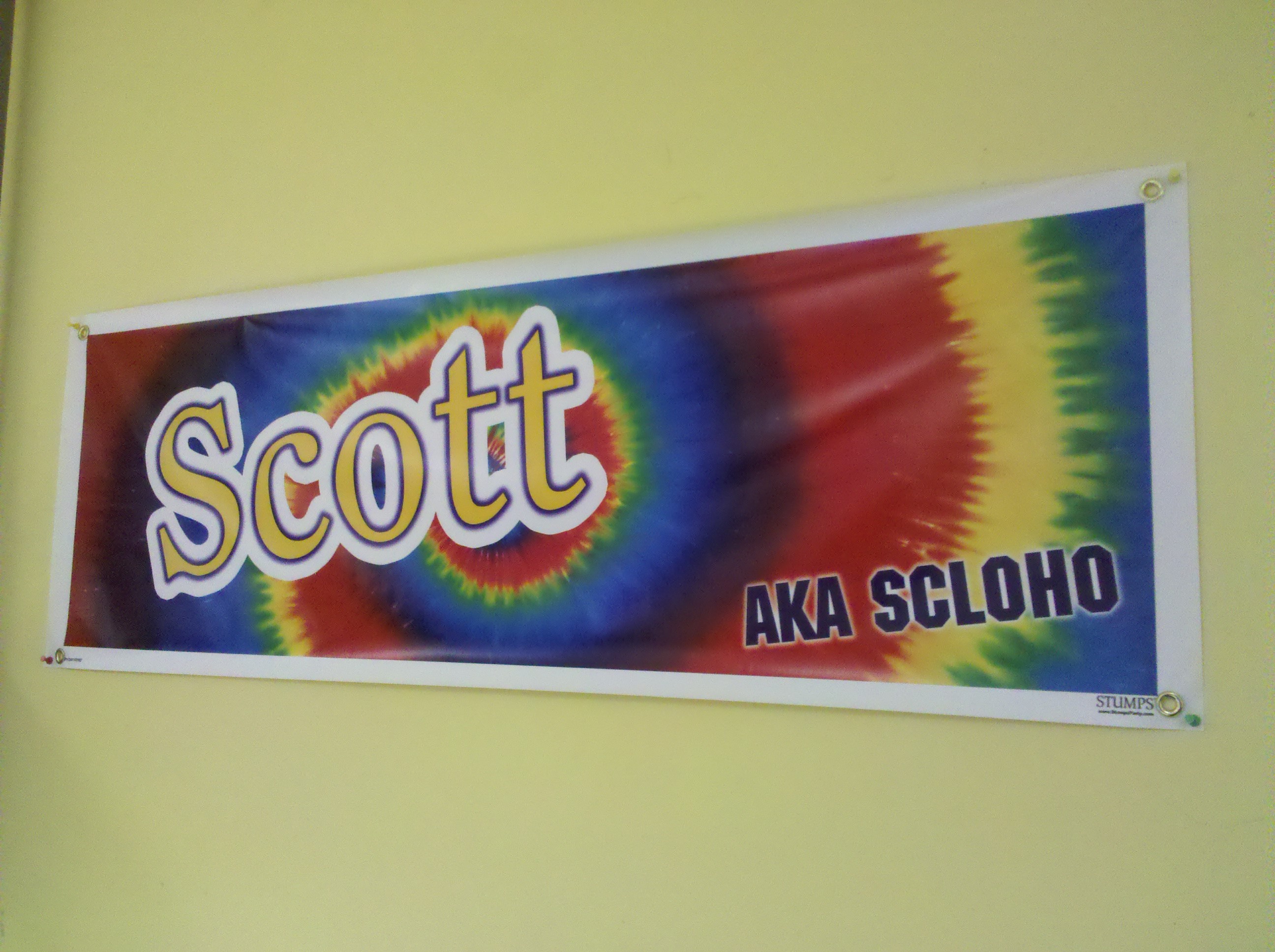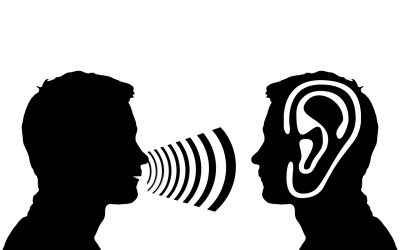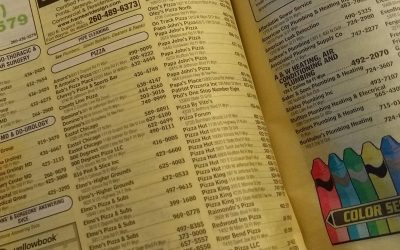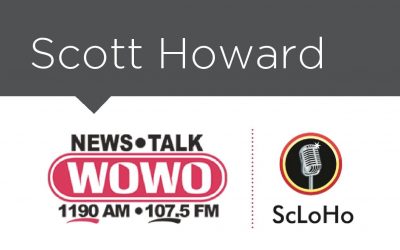Time to introduce myself, again for some of you that I've known for awhile, and perhaps for the first time if you are unfamiliar with this website and podcast. This is episode 75 of the weekly podcast titled, The Genuine ScLoHo Media & Marketing Podcast. Launched...
WOWO Fort Wayne Radio Advertising with Scott Howard
WOWO versus Local TV
In my continuing informal series of information about advertising with the radio station I work for, WOWO, in Fort Wayne, Indiana, I am going to share more research info that attempts to address the question some local business owners face: Should I buy radio ads or...
Trust is the Missing Link
A study released this summer of over 500 consumers in the United States points out a reason why most advertising campaigns under perform. There are over a million advertising and marketing messages that we are exposed to each year and most of them are missing...
Who Listens to WOWO Radio in 2018?
As a member of the WOWO radio advertising sales team, I have some insider information to share with you. As a member of the Fort Wayne, Indiana community for the past 20 years, I have some insight to share with you. As a marketing professional who has worked for other...
Audience and Frequency Talk
To be perfectly honest with you, I was in the middle of writing a 3 part series on the 3 R Formula for Advertising Success and I've decided to switch things up a bit. First off, the 3 parter was turning into a 4, 5 or 6 part series and while the information is...
The First R in Advertising Success – Part Two
Over the next few weeks, I’m sharing with you a formula for advertising success that I was reminded of recently. Last week it was The First R in Advertising Success (part one), and today The First R in Advertising Success (part two). This is part of the 3 R Formula;...
Radio Advertising is the Real SEO
I offer both radio advertising services with WOWO radio in Fort Wayne, Indiana and digital marketing services via our Federated Digital Solutions division. But today, I'm going to break the hearts of my digital marketing friends with the declaration that: Radio...
Should You Hire An Advertising Specialist or Generalist?
This article is for the business owner who is regularly being asked to buy advertising and really needs a little help deciding what to do. (Or perhaps a LOT of help.) Today, we are going to talk about the pros and cons of advertising agencies, advertising sales people...









